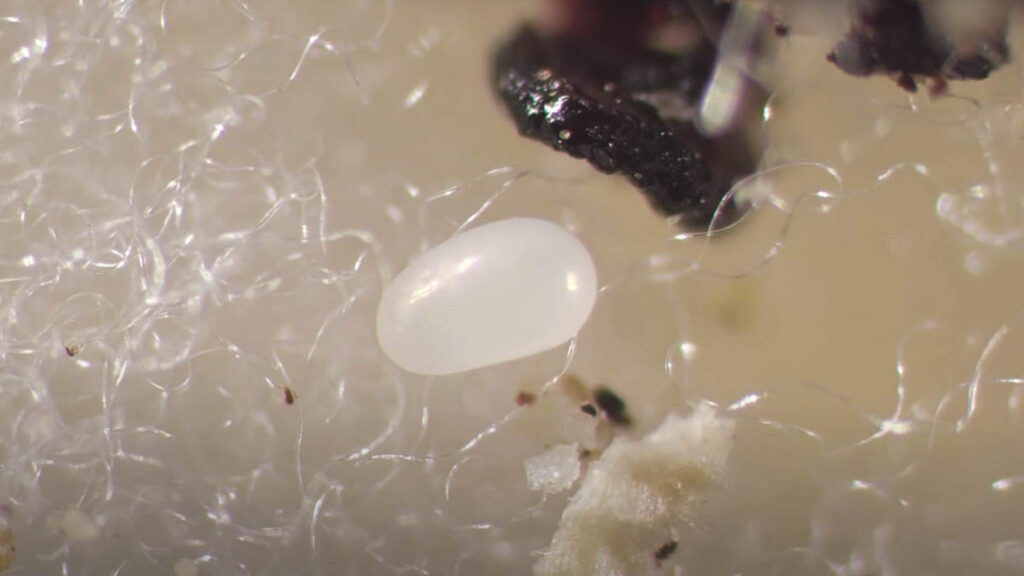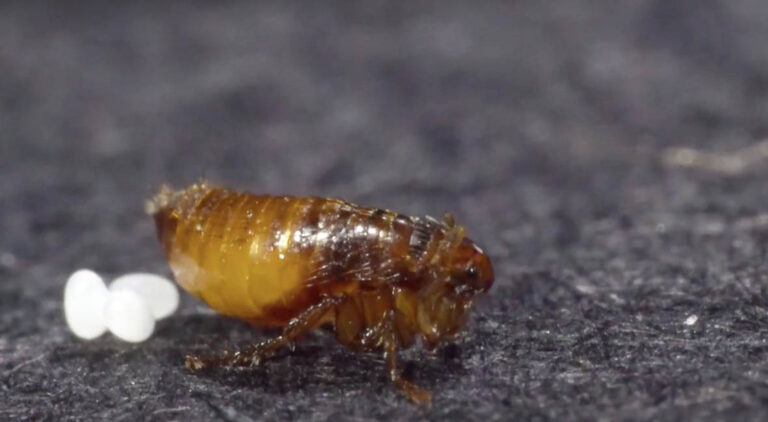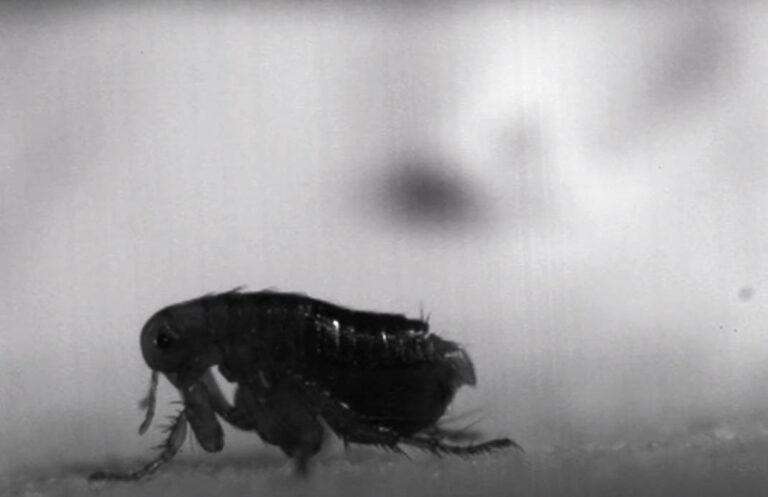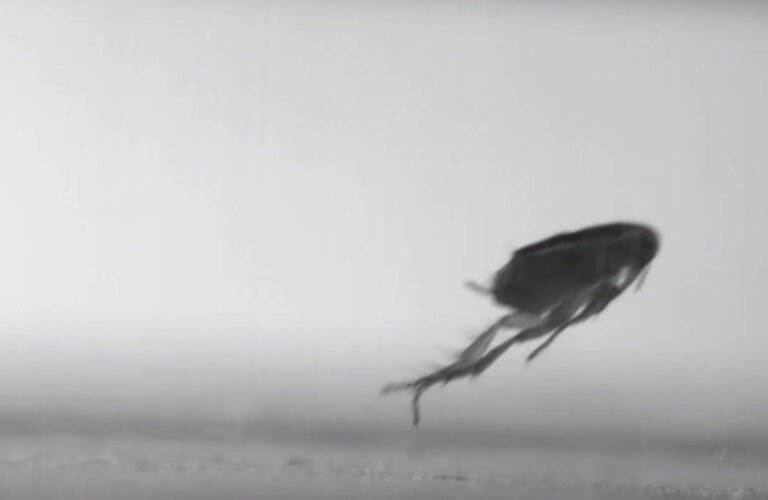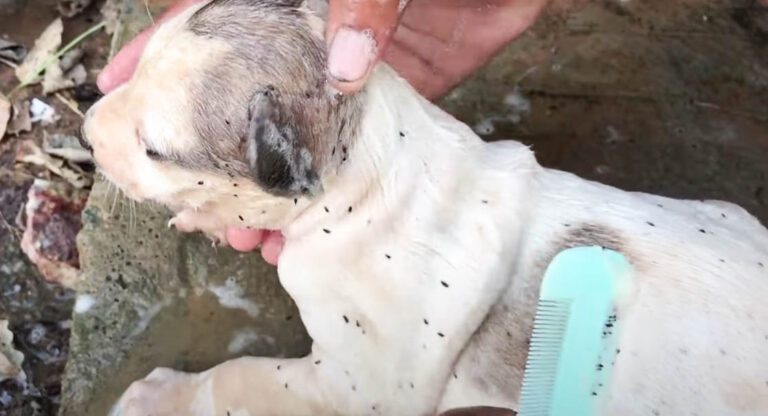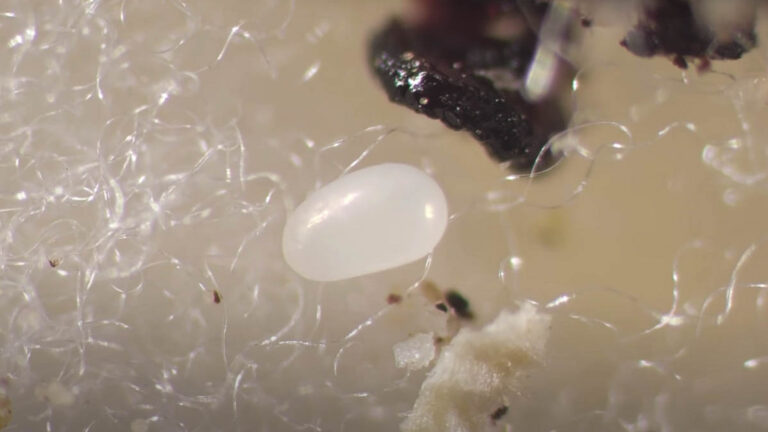Life cycle of a flea
Life cycle of a flea
Fleas are excellent parasites, once they find a potential host they reproduce and lay eggs in the animal’s fur, and these eggs will drop and spread while the animal moves around. And if you find a flea on your pet, chances are there are many more of them with thousands of flea eggs spread throughout your home. Most times, the adult fleas you find on your pets are only 5% of the entire flea population in your home and the remaining 95% are flea eggs, larvae, and pupae. The way to completely deal with fleas is by first understanding their life cycle and how they develop as this will give you an insight on how to efficiently deal with these robust parasites. If you can quickly and accurately identify other forms of fleas, the eggs, larvae, and cocoon, then you have a better chance of tackling the problem before it gets out of hand. Fleas will grow through three growth stages before eventually becoming the adult blood-sucking insects that terrify our pets and wreak havoc in homes.
First Stage: The Eggs
The life of an adult flea begins as a tiny oval-shaped white egg, that’s slightly smaller than a grain of sand. Female fleas lay eggs after a hearty blood meal and every day of their lives they will lay 20 to 50 of these tiny eggs. Fleas will lay their eggs on the fur of their host and these eggs will eventually fall off as these animals move, this way they are spread around your yard and inside your house. Fleas thrive in warm weather, and if the temperature and humidity are just right then these eggs will quickly move to the larva stage.
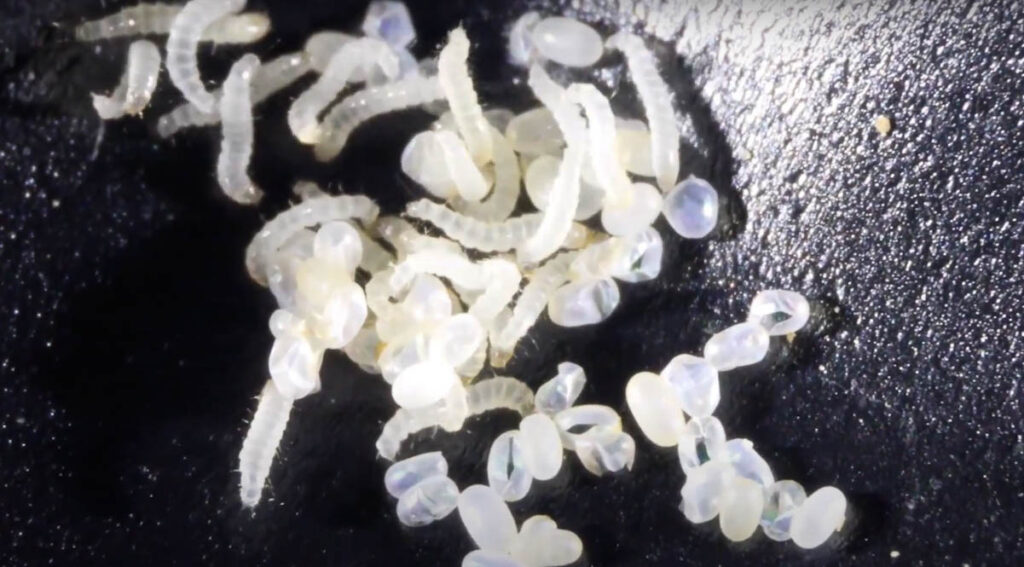
Second Stage: The Larvae
Flea larvae are blind and prefer to stay away from light. They are usually about a quarter of an inch long, legless, and white or almost transparent. During this stage, they feed on a pre- digested blood meal from adult fleas and other organic waste in their environment. The flea larvae will make up about 35% of the total flea population in an infested area. These larvae are very visible, they avoid light and tend to hide away in carpet fibers or fabrics of different materials. If the environmental conditions are ideal, these larvae will transform into cocoons within 5 to 20 days.
Third Stage: The Pupae
Cocoons, which are also the flea pupa, is the final stage of the development cycle before it becomes a blood-sucking adult flea. The flea pupa is enclosed in a white papery cocoon which protects it while it develops. These cocoons will also stay hidden in fabrics until the adult flea emerges, and they will account for about 10% of the entire flea population. Flea pupae will stay as cocoons for several days, weeks, or even months. They have the ability to detect the presence of a potential host using the change in temperature and carbon dioxide levels and only then will the adult flea emerge and leap onto the unlucky animal. Without the presence of a potential host, flea pupae can remain in their cocoons for several months or years.
Finally: The Adult Fleas
The adult flea will emerge from the cocoon and immediately find a host to feed on and if they are unable to find a host to feed on within a few hours they will die. Adult fleas are usually reddish-brown with a flattened body and 3 pairs of legs. After a hearty blood meal, their flat bodies become round and the females will be ready to reproduce and continue the cycle. Using the knowledge of the flea cycle, fleas can only be eliminated with thorough daily vacuuming for several weeks. Thorough washing of bedding, toys, bed sheets, and clothes with hot soapy water to kill eggs, larvae, and cocoon is also necessary. Also, seal all the vacuum bags and dispose of them properly. A humidifier will help trigger the cocoon to emerge and when they do, proceed to kill them with foggers or sprays. And finally, ensure your pet gets proper treatment and an inspection by a vet.
